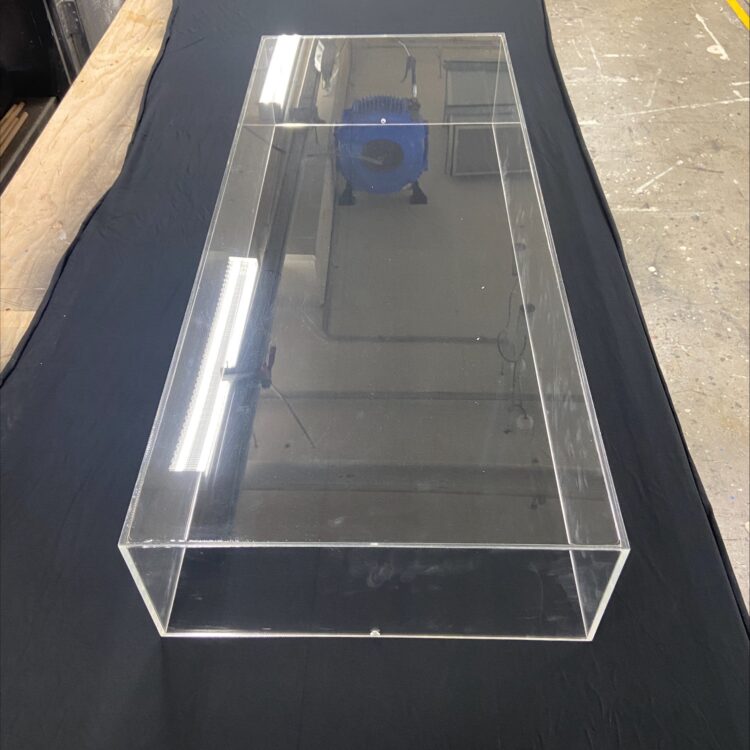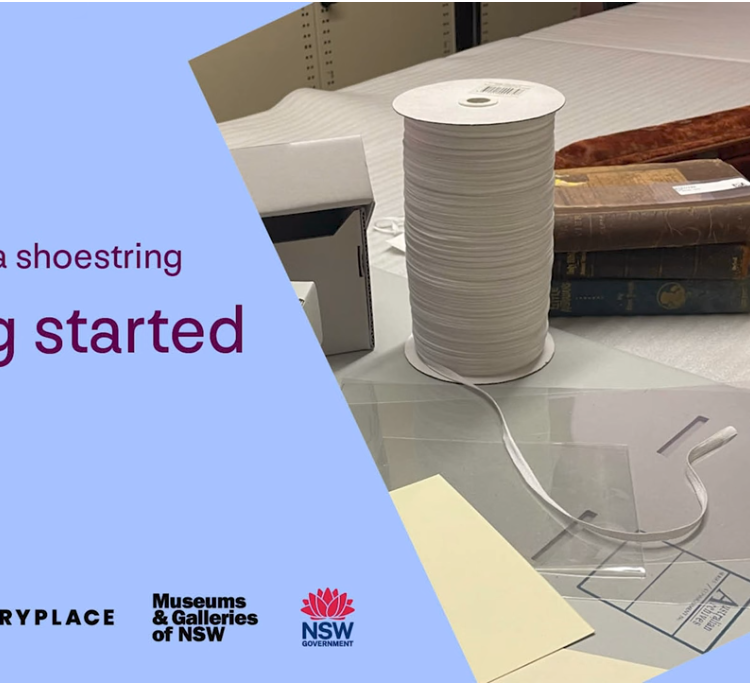During February though to May 2013, M&G NSW undertook a comprehensive census and survey of the sector, aiming to:
- quantify the number of museums and galleries operating in NSW
- verify physical and contact details
- collect data on area(s) of practice, collection focus, computer access and internet connectivity, date of establishment, operating hours, ownership of and access to collections, social media usage and staffing levels – both paid and volunteer – within the sector.
Using the M&G NSW database as a starting point, the Census – the first since 1999 – identified 495 operational museums and galleries located across NSW.
An operational museum or gallery was defined as one that met the following criteria:
- ownership of a collection(s) and/or the display of collections/exhibitions to the public
- the exhibition(s)/collections are open to the public at regular times and
- a not-for profit or government-managed organisation.
They included 293 community run and managed museums, 57 public and regional galleries, 51 public and regional museums, 37 community run and managed galleries and artist run initiatives and 23 Aboriginal cultural centres. The balance of the identified organisations were state or national galleries or museums located in NSW.
The 2013 survey, undertaken at that same time as the Census, focused on the small to medium (S2M) organisations of the sector. The Australian Bureau of Statistics (ABS) defines organisations with 5 or less employees as micro, 6-20 employees as small and 21-200 employees as medium enterprises (1321 Small Business in Australia). For the purpose of this study: small refers to organisations with 5 or less employees and medium to those organizations with 6-50 FTE staff.
Rather than using the previous categorisation of management structure, participants were asked to define themselves as a museum, gallery, heritage and/or Aboriginal organisation. This enabled a clearer understanding of how the organisations viewed their role in the sector and revealed the clear segment of ‘multi-practice’ organisations such as museum/galleries and heritage/museums.
There are almost 8,000 active volunteers reported by the small to medium sector, providing a combined total of more than 17,000 hours per week with an estimated value of almost $20 million.
Some key findings of the survey include:
- Local government is a key supporter of the sector. The majority of organisations operate from council owned premises and over half of small to medium (S2M) museum and gallery sector receives some level of support from local government and 30% receiving core funding.
- The S2M sector is young with almost two thirds of organisations established since 1980.
- In their last financial year, the S2M sector reported audiences of over 5 million visits.
- Only 45% of the organisations in the sector have paid staff with more than half these having two or less full time equivalent paid staff. Organisations with paid staff are generally better able to diversify their funding sources.
- There are almost 8,000 active volunteers reported by the S2M sector, providing a combined total of more than 17,000 hours per week with an estimated value of almost $20 million.
- 2.9 million items were reported to be held in the collections of the S2M sector. 92% of organisations in the S2M sector have a collection. 85% of these collections are catalogued.
- Most collections are a mix of local history, social history or visual arts craft & design.
- Though the average annual expenditure in the last financial year was $262,808, half of the S2M organisations had an expenditure of less than $33,800.
- Most organisations (81%) have a web presence of some kind. 87% could upload information to the internet, either on-site or off-site, though only 71% had on site access to the internet.
- Facebook is most cited social media channel at 42%. This is followed by Twitter and YouTube. Galleries are more strongly engaged in social media than museums.



